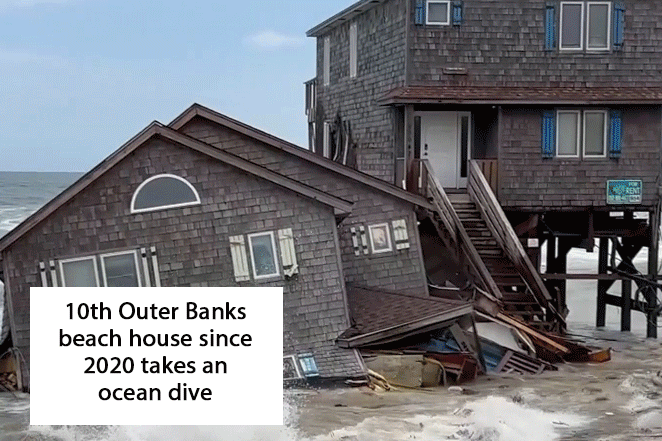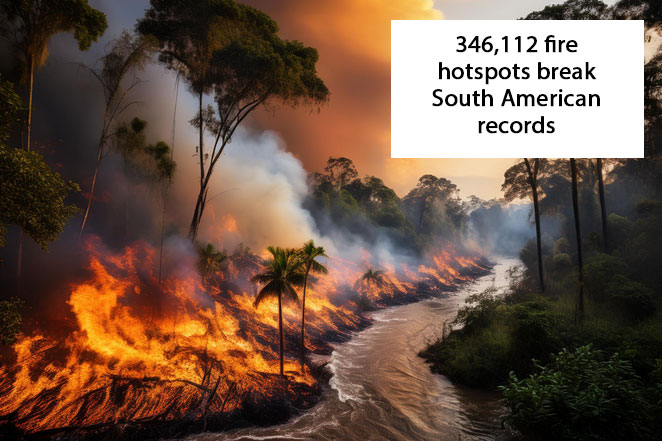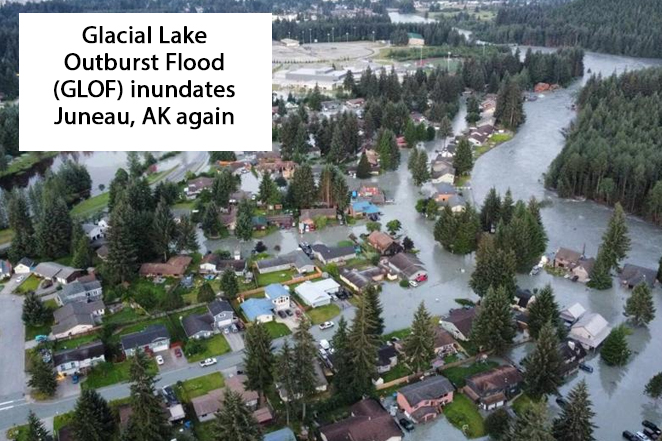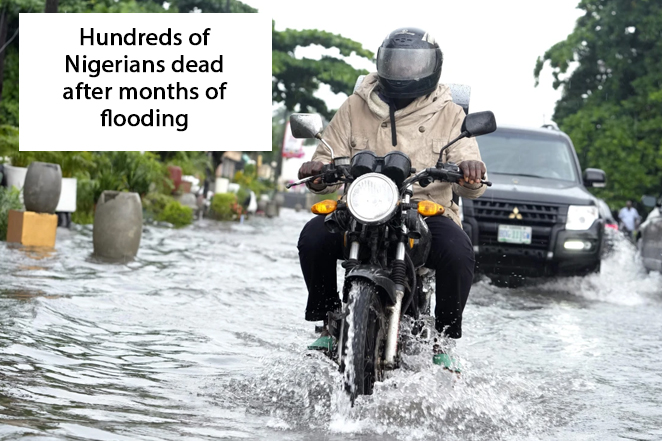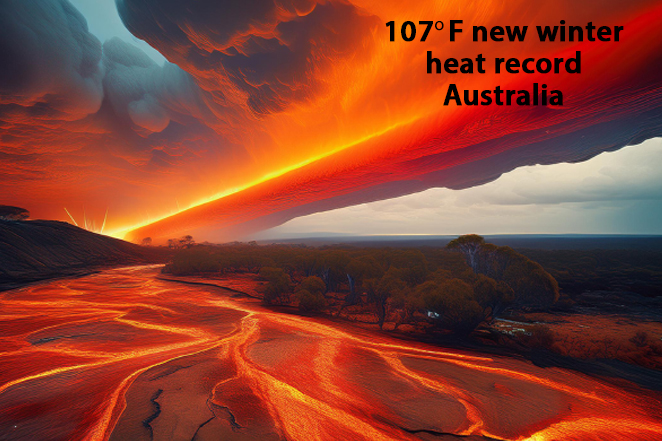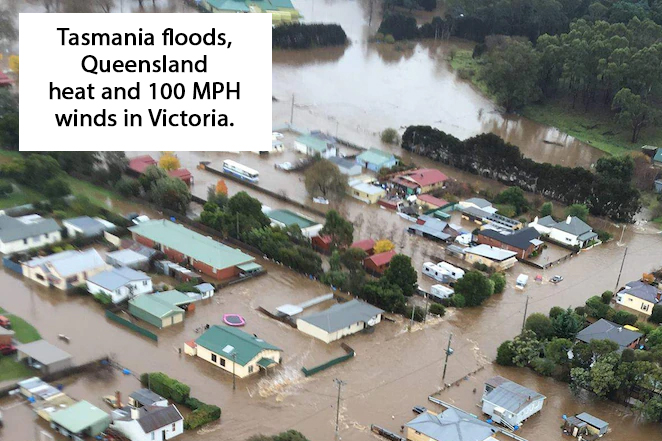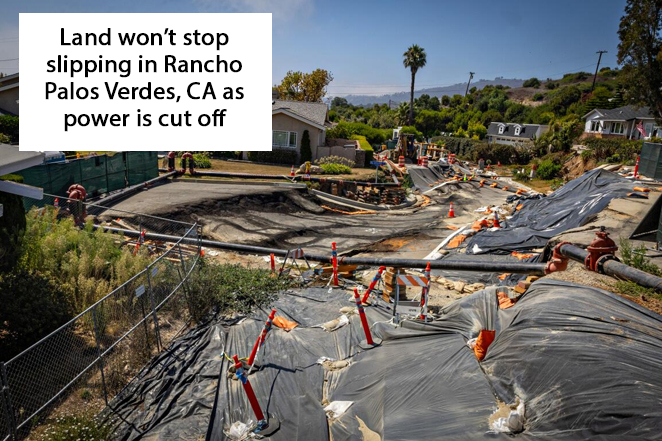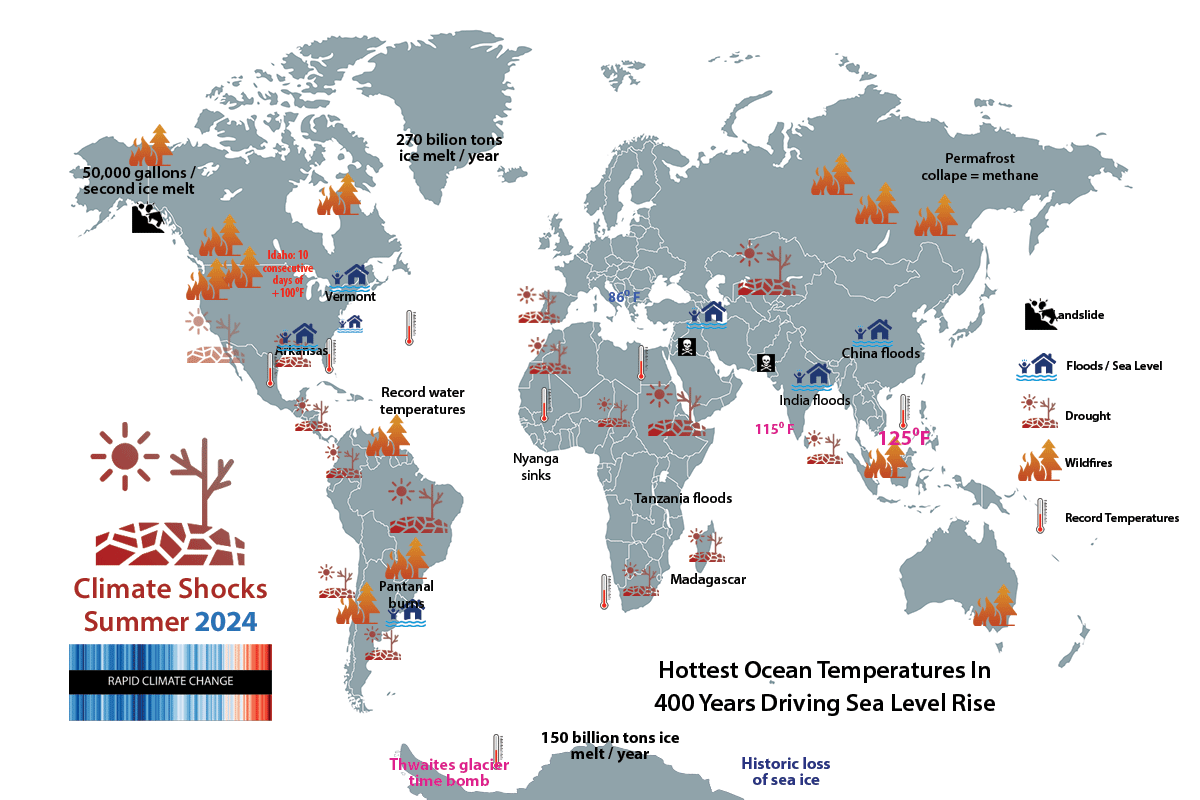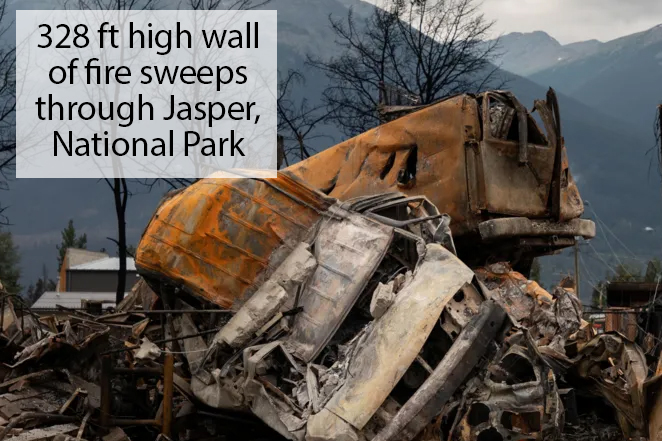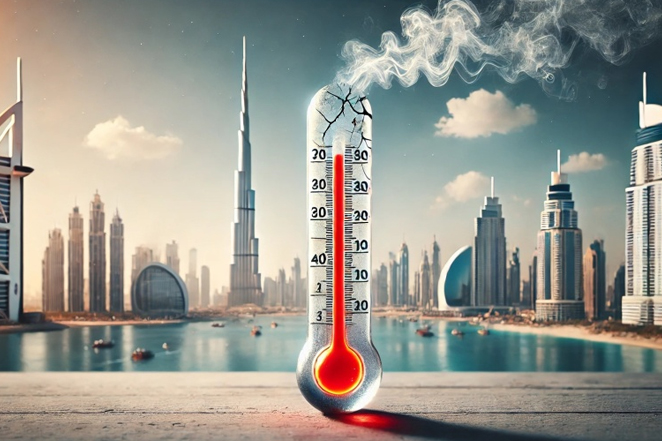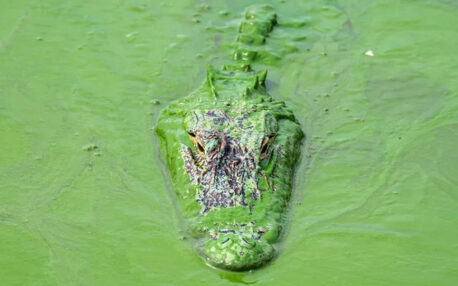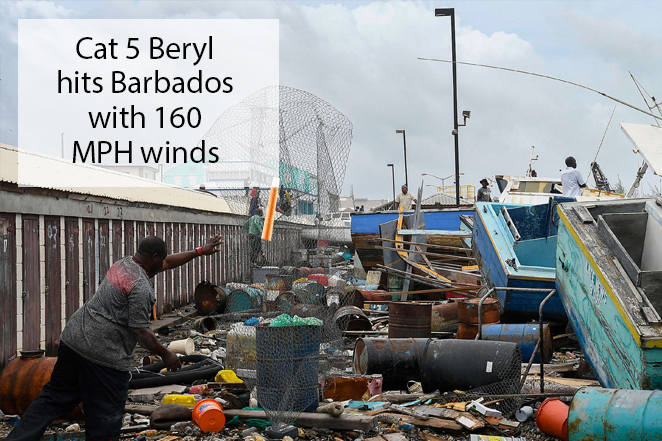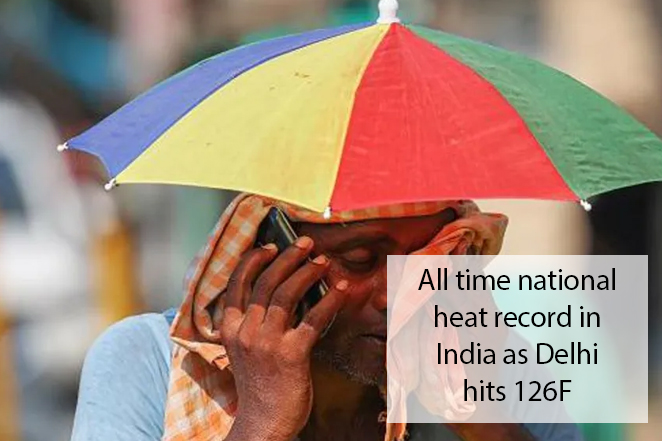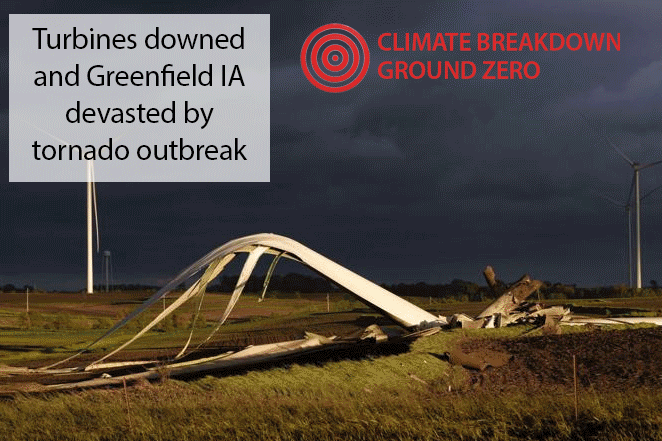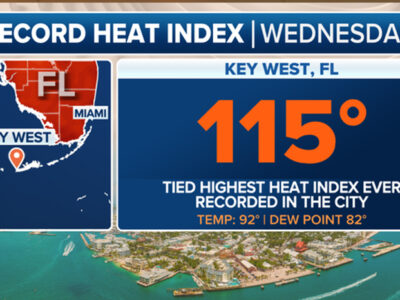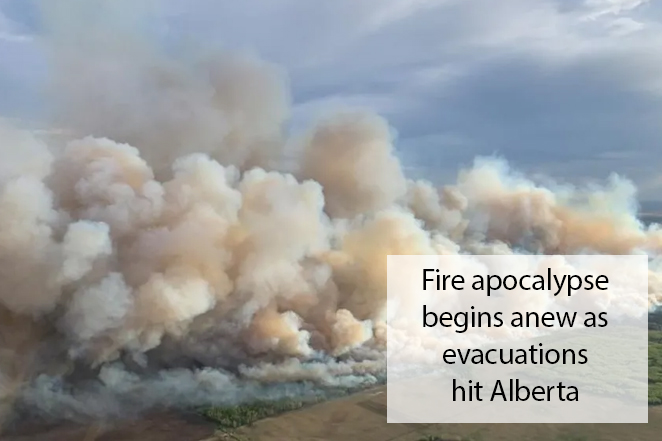This week has seen reports of heat index records in the Gulf and Near East that exceed 140°F, in some cases as high as 150°F. That level is well above what the human body can tolerate for long.
The most newsworthy event focused on Dubai, which measured a 144°F heat index and a “real” temperature of 113°F. Asaluyeh, Iran also reported a 149 °F heat index. But the parade of broken records is covering much wider swaths of the planet, including catastrophic heat waves in the US West and East coasts, Southern Europe, South Asia and Africa.
Most of these places are historically hot. But not this hot for this long. Real people are dying, including the barely reported June deaths of 1,300 Hajj pilgrims in Mecca in 120°F heat. They were going to throw stones at the devil.
Is the heat index – which accounts for air temperature and humidity – real?
Short answer: real enough to cook your internal organs, my friend.
In the context of effect on the human body, the heat index is EVEN MORE REAL than standard air temperatures as measured on the thermometer. The body doesn’t care what the instruments report, it only knows whether or not it can cool itself.
For example, Persian Gulf International Airport reported successive thermometer air temperature readings of “only” 108°F and 106°F, but heat indexes of 149°F. Why the big difference? Part of the answer is a lesser reported stat: a 95°F reading of Persian Gulf water temperatures, which generate massive amounts of humidity.
The body cools itself by sweating, but at those levels it is unable to do that because moisture doesn’t evaporate. The human body begins to shut down at a core temperature of around 109.4°F. At that point, we begin to heat from inside. Any heat index over 105°F is dangerous to the human body (new studies are concluding even lower levels can be lethal). Above 124°F is considered extremely dangerous.
Then you die.
“It’s not the heat, it’s the humidity.”
In the US, most places experiencing this rapid increase in temperatures are in the Desert Southwest, which typically have lower humidity and also air conditioning. So those with the means can live inside during long heatwaves, going from air conditioned home to air conditioned car to air-conditioned restaurant. So for now, it’s mostly the poor and homeless who die.
The other under-reported stat is overnight lows, which are increasing even faster than daytime highs. If anything, these numbers are more critical to any environment, because humans and plants are unable to recover. Humans can migrate if they are able, but trees not so much.
In the Near East, nighttime lows have been in the 80s up to high 90s in places. The same trends are clear in other regions of the overheating planet.
As heat indexes become more widely reported, climate denialists are lining up to deride these statistics as woke science, not real, like birds. It is another conspiracy, although who benefits is a different question altogether.
After 20 years of covering the global climate disaster, I have divided denialist trolls into two camps: 1) those who are well paid to continue the multi-billion dollar, multi-decade gas lighting extravaganza brought to you by the fossil boys and 2) fools.
However, there is likely significant overlap between these groups.
Link to global updates
